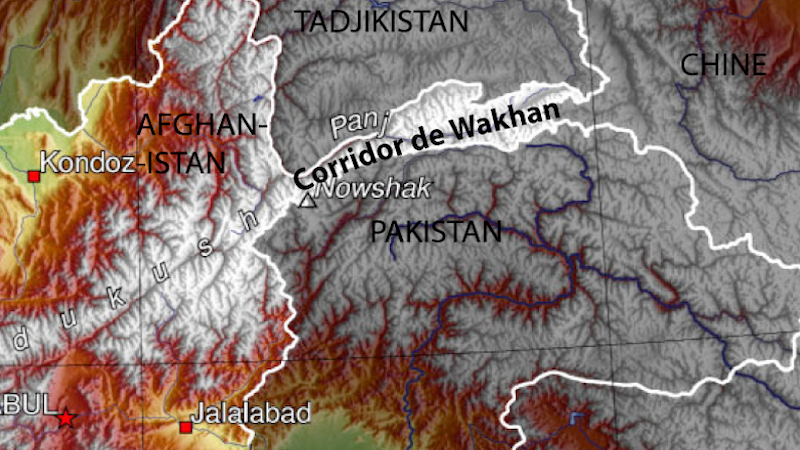The interconnection of borders in any region calls for smooth trade and transit under peaceful conditions. When borders connect, there are certain corridors used for movement and transit. These corridors depend entirely on the countries they pass through for their development and effective utilization.
Most importantly, along with efficient trade routes, the goodwill and sincere intentions of the governments of the countries whose borders meet with each other also play a vital role. If a corridor holds strategic importance, the interests and stakes of the involved countries increase even further.
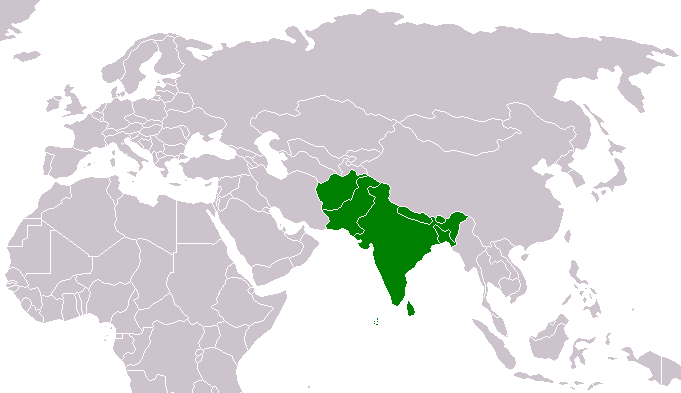
In regions like South Asia, where borders intersect, routes such as the Wakhan Corridor hold great significance. The border structure of South Asia, particularly among Pakistan, Afghanistan, India, Tajikistan, and China, holds special geopolitical significance due to their close geographical interconnections.
Although Tajikistan does not directly border Pakistan or India, it is indirectly connected through Afghanistan, primarily via the Wakhan Corridor, which lies close to Pakistan’s northern boundary and touches both Afghanistan and China. Tajikistan shares its southern boundary of about 1,357 km with Afghanistan across the Amu Darya River, and 414 km with China along its eastern high mountain passes. China also shares a 76 km boundary with Afghanistan through the Wakhan Corridor.
Now the Wakhan Corridor is the only geographical point that brings Afghanistan very close to China and Pakistan, with Tajikistan just across its northern boundary — making it a strategic bridge between Central and South Asia. The Wakhan Corridor is a 350-km narrow piece of land, ranging from 10 to 50 km in width.
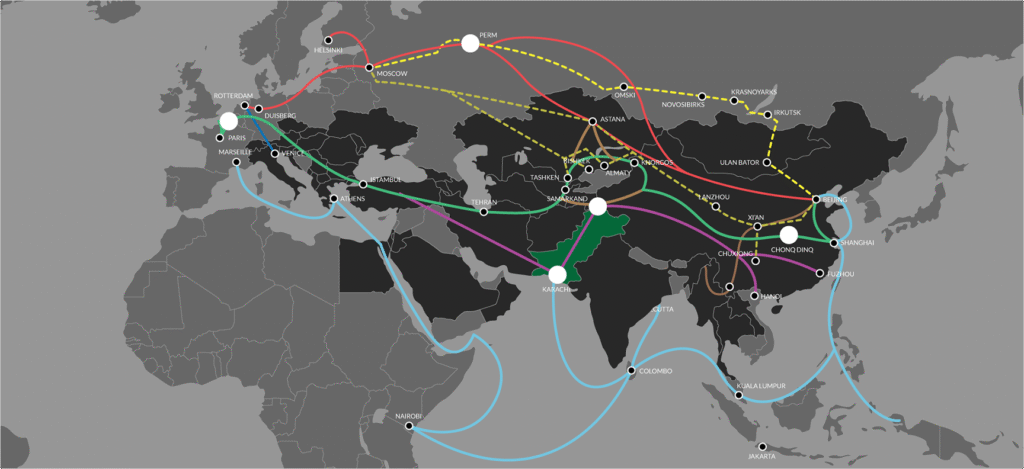
The connectivity between Pakistan and China has already been strengthened through the China-Pakistan Economic Corridor (CPEC), which connects Gwadar Port to China’s Xinjiang province via the Karakoram Highway, enhancing trade, infrastructure, and strategic cooperation between the two countries. However, tensions still persist along the China–India, Pakistan–India, and Pakistan–Afghanistan borders.
However, improvement is needed at every border in South Asia, especially in the region which is called Heart of Asia, and such improvement can only come through complex interdependence. This requires well-constructed and up-to-date development of these corridors. Yet, these constructions should not be designed to facilitate the smooth flow of terrorist, they should serve the purposes of trade and prosperity.
China has been working on improving economic corridors, including the Wakhan Corridor, aiming to enhance land routes. This corridor will promote trade among four countries, and the surrounding areas which currently lack basic facilities. China has also demanded greater counterterrorism cooperation with Afghanistan, including joint patrol along the narrow strip of land that forms their only shared border.
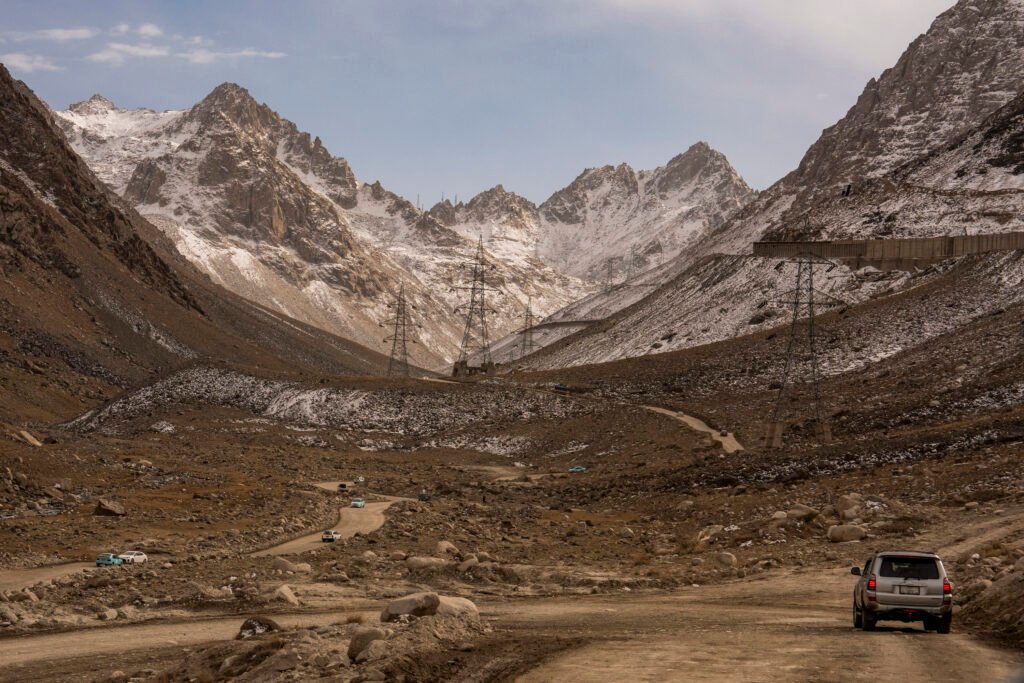
Local people will gain employment opportunities, and travel difficulties will be reduced. Al Emarah English, the official representative of the Taliban government stated that the Wakhan Corridor Road would be constructed in two stages, the first running 50 km from Bazai Gonbad in Little Pamir to the zero-point border with China, of which preliminary groundwork is complete with 60% of construction work currently ongoing as of March 2025. The second stage would cover 71 km, which is to be completed by the end of this year.
China has remained cautious and reluctant to expedite the project due to security threats emanating from non-state actors. The Chinese foreign minister called for joint patrols and rapid efforts to counter terrorism from the Taliban to address these threats.
China’s concerns stem from the presence of groups like East Turkistan Islamic Movement (ETIM) and the Islamic State in Khorasan Province (ISKP), both of which operate in Afghanistan and have mounted past attacks against Chinese in the region.
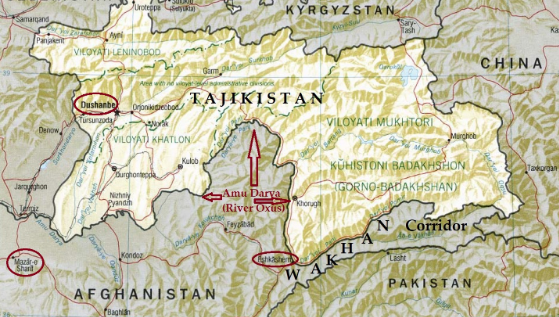
For Pakistan Wakhan is seen as the Corridor where Afghanistan can be used as land route trading with central Asian states via bordering directly with Tajikistan. However, due to conflicts and terrorism in Afghanistan continues since past four decades, this dream never came true with its true essence. Chinese and Afghan Taliban officials were discussing the possibility of building modern road and rail connections and even an oil pipeline through Wakhan Corridor.
In the current situation, where Afghanistan’s closeness with India is increasing, it is crucial for Pakistan to maintain trade routes with Afghanistan that also involve the interests of other neighboring countries—routes that neither India nor Afghanistan can exploit unilaterally.
China’s role in all this is very significant because it aims to expand the Belt and Road Initiative (BRI). Similarly, India’s role is also crucial — it should move away from extremist policies, promote peace, and avoid unnecessary blame games.

